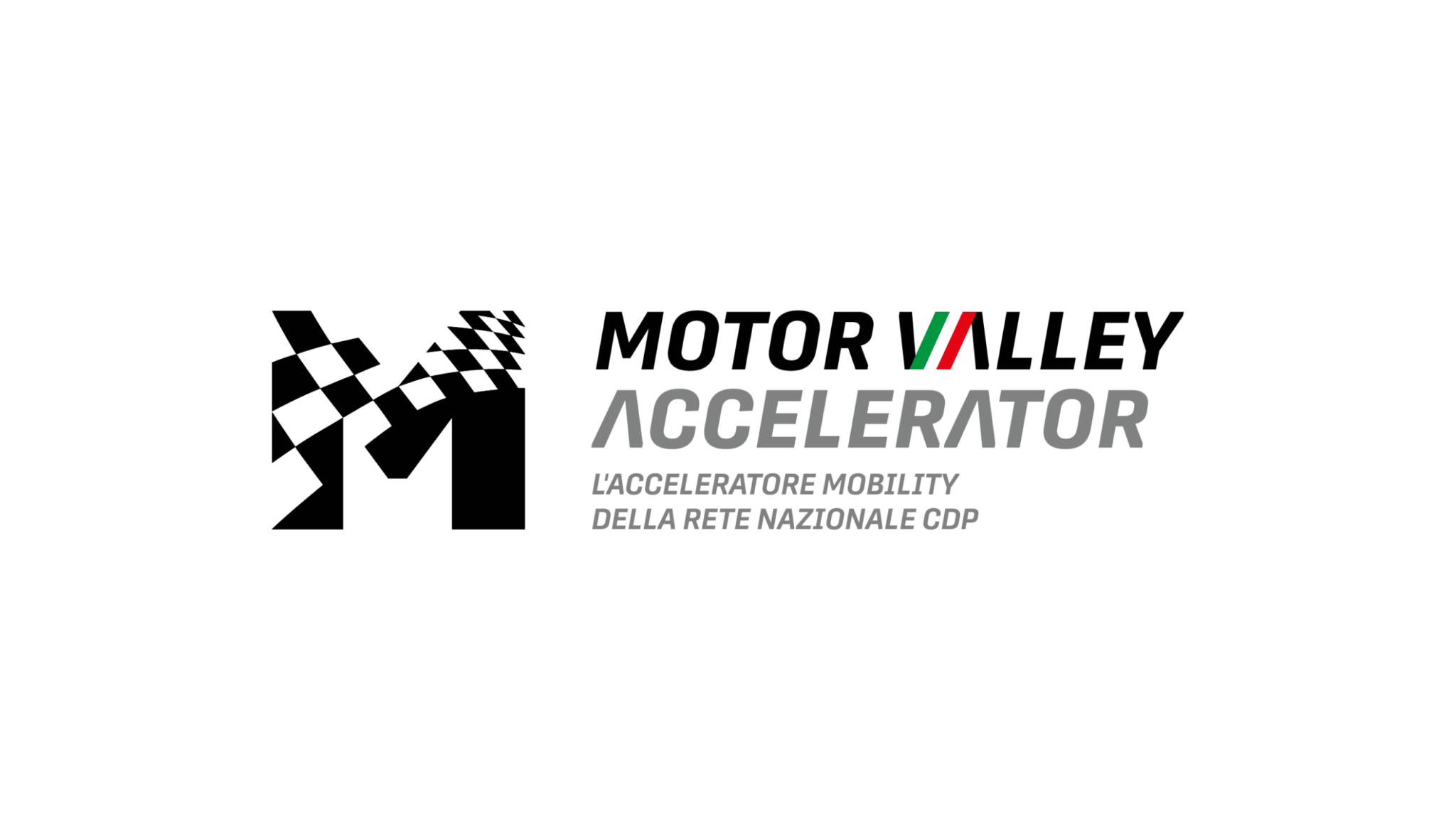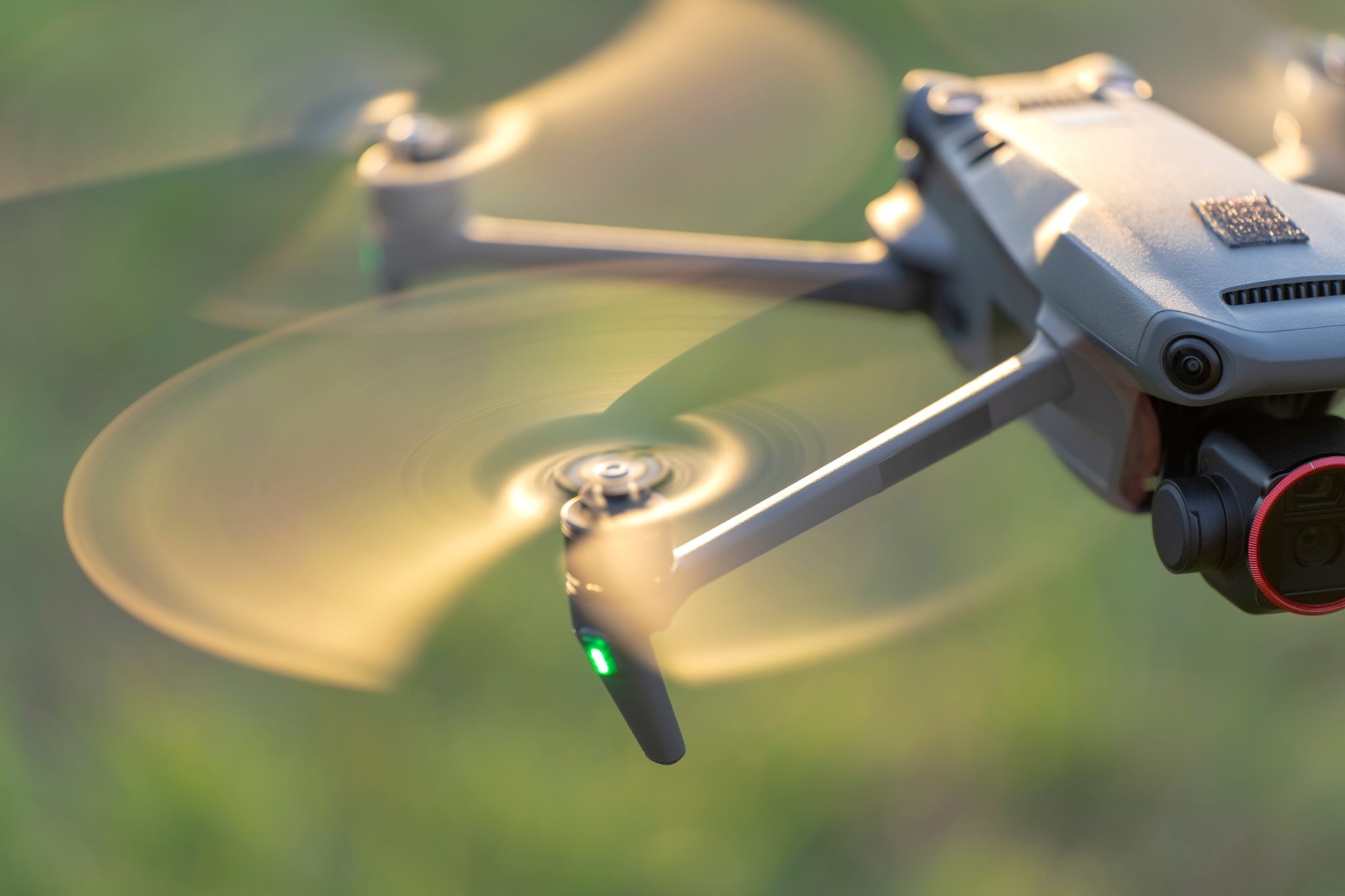The scouting activity has been set up to outline a complete overview of the technologies available in several industrial sectors identified with the customer: automatic machines, machine tools, healthcare, automotive, robotics and aerospace production.
The research was based on both public sources (popular articles, promotional videos, company websites) and on specialized databases (scientific articles in the sector).
This activity was accompanied by research work on the most used methodologies (advantages and disadvantages) for the evaluation of the “user experience” (i.e., “UX”) with respect to the use of the control/communication interfaces with the machine.
The analysis of the technologies has been optimized according to the requests and needs that the requesting company has placed at the beginning of the project and gradually better defined during moments of sharing and comparison on the partial results of this (ie, mail exchange, phone calls and a milestone meeting mid-project).
The results of the activity allowed customers to expand the company’s know-how regarding existing and future-oriented technologies, to identify the most appropriate evaluation methodologies, to know a wider audience of potential suppliers and to put all this at the service of vertical projects. concerning the HMI existing within the company.




